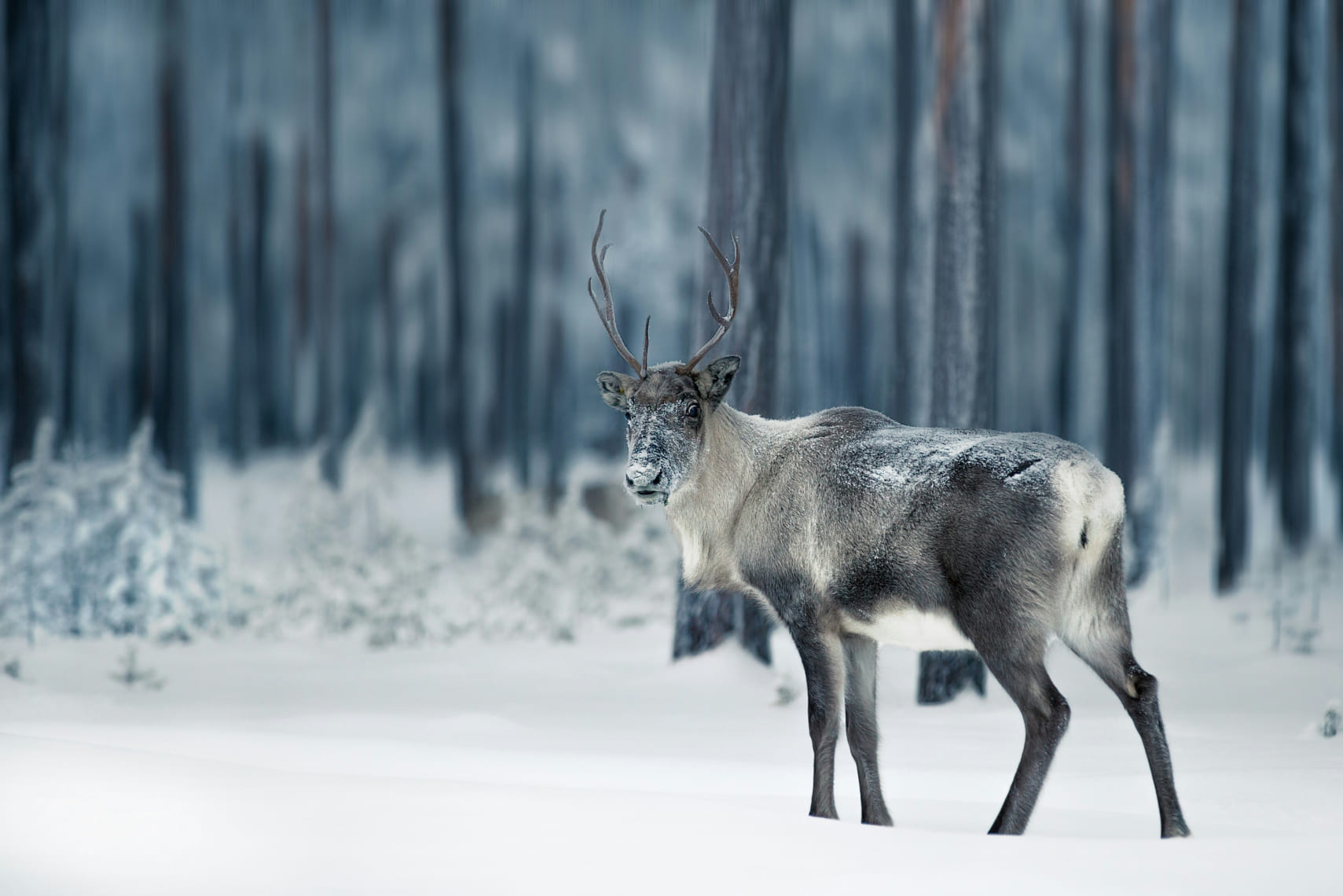-
Call Now: +913878958932
-
Email Now: [email protected]

The deer, with its gentle demeanor and graceful movements, has long been a symbol of natural beauty and serenity. Found across forests, grasslands, and mountains, deer have adapted to diverse environments over millennia, making them one of the most widespread and enduring species in the animal kingdom. Their majestic antlers, which grow and shed each year, are a testament to the cycles of nature and symbolize strength and renewal.
In ancient ecosystems, deer played a vital role as both prey and ecosystem engineers. Their grazing habits helped shape the growth of vegetation, promoting plant diversity and preventing overgrowth. Predators like wolves, tigers, and lions relied on deer as a primary food source, creating a balance that benefited entire ecosystems. Deer herds also dispersed seeds as they traveled, contributing to the regeneration of plant life.
Throughout human history, deer have held cultural and spiritual significance. They often appear in myths and folklore as symbols of purity, peace, and the connection between humans and nature. In many traditions, deer were considered sacred creatures, embodying the harmonious coexistence of life in the wild. Ancient hunters respected deer for their beauty and agility, seeing them as more than just a source of sustenance.
Today, deer face challenges from habitat loss, hunting, and climate change. Protecting their natural environments ensures that these graceful creatures continue to thrive. As icons of ancient wildlife, deer remind us of the delicate balance of nature and the importance of preserving the wild spaces that sustain life.